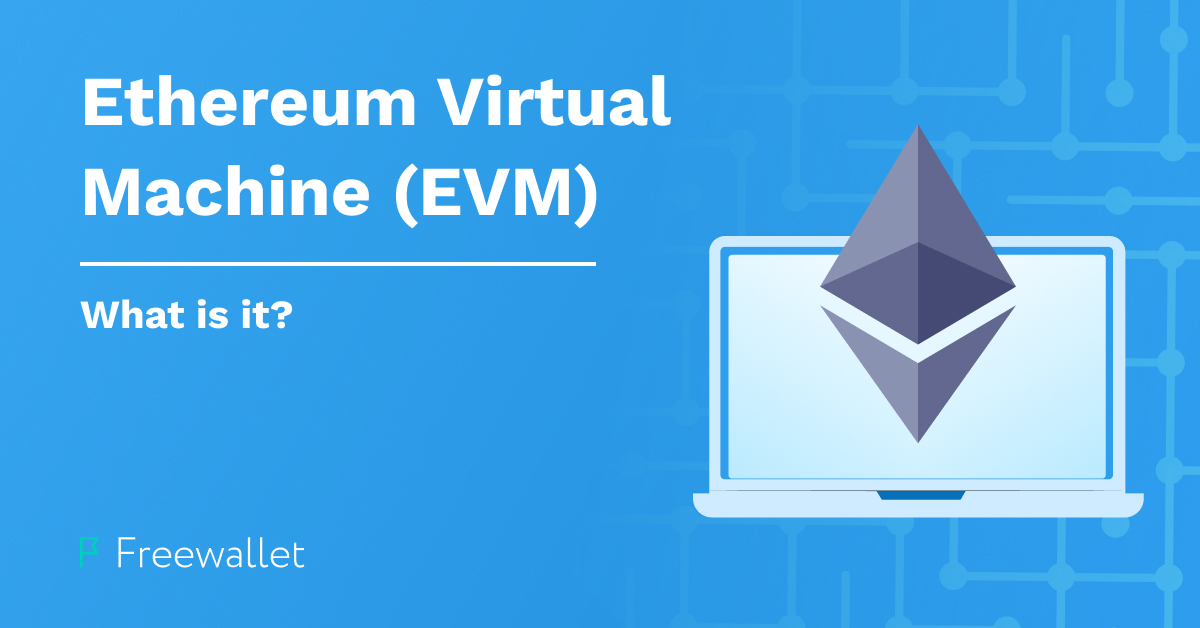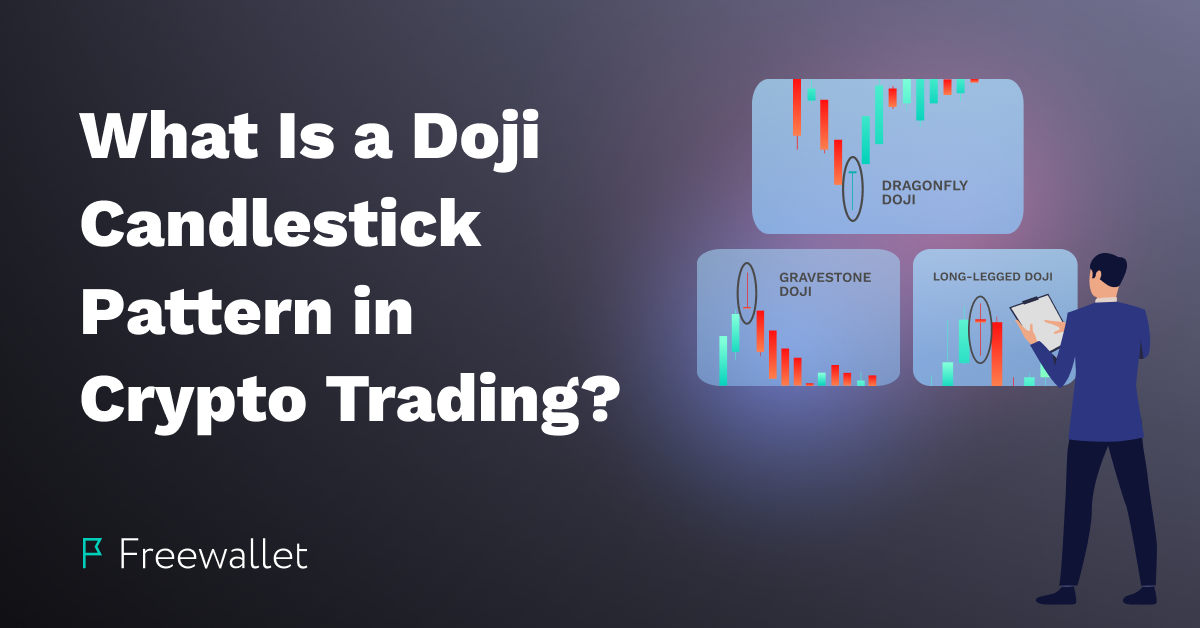
Before Ethereum emerged, cryptocurrencies had a straightforward focus, mainly serving as digital currencies with varying levels of emphasis on security, transaction privacy, and other factors.
Ethereum transformed the cryptocurrency landscape by introducing versatile ecosystems capable of offering diverse services, ranging from supply chain management to music distribution platforms. Smart contracts emerged as a revolutionary tool enabling a multitude of applications for blockchain technology.
A pivotal component of the Ethereum ecosystem is the Ethereum Virtual Machine (EVM). This crucial system executes smart contracts, establishes computing rules, processes blocks on the blockchain, and performs other vital functions. The importance of the EVM cannot be overstated. This article delves into what the Ethereum Virtual Machine entails, highlights its benefits and drawbacks, and elucidates its operational mechanisms.
What Is the EVM?
The Ethereum Virtual Machine (EVM) functions as a cloud computer responsible for governing the computation rules of the Ethereum network and determining the blockchain’s overall state after each block is added. More than that, the EVM handles tasks such as storing information, calculating gas fees, executing smart contracts, processing transactions, and ensuring the blockchain’s data remains up to date. The EVM serves as the essential core element of the Ethereum ecosystem, enabling the smooth operation of the network.
Image source: Coin Guides
Although the EVM operates like a regular computer, it is distinct in that it is not based on a single device. Instead, it aggregates computational resources from numerous machines (nodes) globally. Given the extensive use of smart contracts on Ethereum, the EVM plays a pivotal role not only within the Ethereum ecosystem but also across the broader cryptocurrency industry, serving other blockchains like Binance Smart Chain and Polygon.
Partially inspired by BitTorrent, the first decentralized application, according to Ethereum’s creator Vitalik Buterin, the EVM has become a cornerstone of decentralized computing infrastructure, contributing significantly to the evolution of blockchain technology.
How It Works?
The other important part of Ethereum is a programming language called Solidity. It was introduced by the Ethereum developers. All the smart contracts, tokens, and dApps built on top of Ethereum are written on Solidity. The smart contract code is transformed to byte code needed to EVM to read the instructions. Transforming the Solidity-based code into bytes, the instructions are split into several opcodes (operation codes).
All the smart contracts on Ethereum are translated to bytecodes by compliers. Bytecodes and Contract ABI (specification tool) are sent to the nodes of EVM. Each node keeps the bytecode copy so that hacking the system is nearly impossible. Then, the bytecode is simplified for each node which executes its instructions at the moment pre-determined via an opcode. The requests triggered by opcodes are executed by the EVM and the overall Ethereum blockchain works.
The stack-based architecture allows the network to employ diverse types of instructions and leverages the security of the network. To protect the ecosystem from hacking and maximize the efficiency, the order of nodes participating in computation is pre-determined.
Image source: ResearchGate
Ethereum transactions are not free. They require some amount of gas fees to be paid. These fees are calculated via the opcodes. These fees are spent for the work EVM does to execute the opcodes associated with the transaction. The amount of commission directly depends on the number of opcodes involved needed to process the transaction. Each additional opcode increases the gas fee. That’s why sending ETH from one address to another costs much less in fees than executing a smart contract with multiple conditions.
Unlike Ethereum itself, Ethereum Virtual Machine supports various coding languages. In most cases, programmers use Vyper and Solidity. Although many criticize Solidity for being relatively difficult to work with, many developers lean towards this languages because it’s the only option for programming Ethereum smart contracts.
Pros and Cons
In general, EVM is considered developer-friendly which explains the popularity and ubiquity of this service. Explore pros and cons of EVM below.
Pros
Versatility. EVM is good for tasks of wide diversity in scale and complexity. It can execute various smart contracts, process transactions on DeFi platforms, in dApps, games, NFT marketplaces, and more.
Support for various blockchains. Any blockchain compatible with bytecode smart contracts can use EVM. Polygon, Binance Smart Chain, and Avalanche are only a few of blockchains that use EVM.
Isolated sandbox. By request, some algorithms can be executed by the separate nodes. It doesn’t affect the rest of the data operated by EVM, although most of it is processed by the same set of nodes.
Compatibility with various operating systems. As EVM uses computing power from numerous machines, it needs to be compatible with all of their operating systems which it does. EVM doesn’t require devs to write separate code for each operating system and smoothly runs on any of them.
Friendly community. It’s important to note that the EVM community is wide, global, and friendly. It helps newcomers to join easily and get on-boarded soon.
Cons
High gas fees. Costliness of the services built on top of Ethereum is a usual object for Ethereum criticism. Unfortunately the issue persists. Ethereum is infamous due to its scalability issues. When the system gets overloaded, the gas fees reach incredible heights in a blink of an eye.
Popularity of Ethereum. Sounds strange, however, it makes sense. As too much developers employ EVM and the Ethereum blockchain, the system goes through a constant stress. It requires developers to do extra efforts of making their products as lite as possible to maintain operation speed and reduce costs. The storage expanses on Ethereum are high as well.
Irreversibility of Ethereum smart contracts. If you spot a bug, error, or vulnerability in a smart contract you already deployed, you won’t have a chance to edit it. The only solution is to start from the beginning which will result in spending extra time and money.
Why Is It Required?
Ethereum Virtual Machine plays a pivotal role in the Ethereum blockchain work and actually allows many other blockchains to function too as many of them use EVM. As of March 2024, the full list includes Ethereum, BNB Chain, Polygon PoS, Avalanche, Optimism, Arbitrium, Fantom, Moonbean, Klaytn, and Cronos. Without EVM, these blockchains won’t be able to function.
Image source: Tokeny
More than that, Ethereum is the world’s leading smart contract operating public blockchain. It makes EVM’s importance global-scale. Numerous tokens are built on top of Ethereum. In 2023, the Ethereum-based tokens and dApps total value locked amounted to $24.6 billion. That’s the biggest number of all blockchains. The second position was held by Tron with $5 billion TVL. These numbers reflect the position of Ethereum as a preferred blockchain for building dApps and new tokens. All of these make EVM more significant for hundreds of projects.
As Ethereum is that big, it has a wide pool of users. Developers realize the benefit of creating Ethereum-compatible apps that will operate via EVM and will be exposed to that huge audience seamlessly driving the product’s adoption.
Conclusion
As Ethereum is a world’s leading smart contracts platform, EVM is one of the most important tools in the crypto industry responsible for functioning of most of the biggest blockchains, tokens, and smart contracts.
As Ethereum is that big, other developers build their projects EVM-compatible to be able to hold the competition and make life easier for themselves and their potential users. It makes EVM even more significant. For developers, EVM is not only the way to access the pool of Ethereum users but also the tool to create flexible cross-chain solutions.
Another notable fact is that EVM is evolving. Many of the issues mentioned in the Cons sections are going to be addressed. Developers are working to make EVM faster, safer, cheaper, and even more versatile.
Related
Stay tuned
Subscribe for weekly updates from our blog. Promise you will not get emails any more often.
Most Popular
New Posts
Stay tuned
Subscribe for weekly updates from our blog. Promise you will not get emails any more often.





